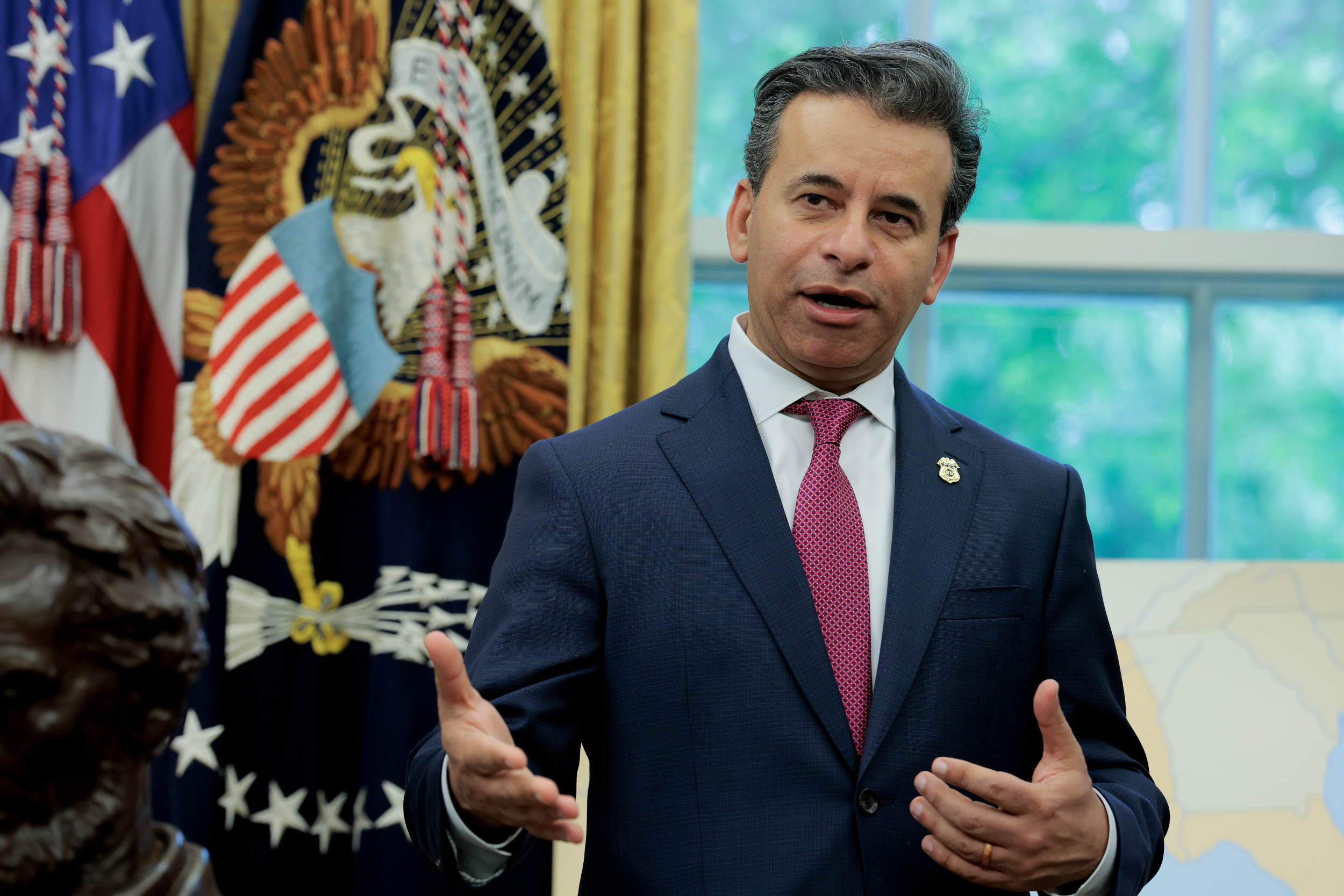Modernizing the FDA: A Bold New Direction
After 100 days at the helm of the Food and Drug Administration (FDA), it’s become clear that the agency needs a transformative approach to tackle the pressing health challenges faced by our nation. This realization has propelled us into action, with a strong commitment to modernize processes that have long been seen as outdated. Key efforts include a commitment to phase out petroleum-based dyes in our food supply, reduce animal testing in pharmaceuticals, leverage artificial intelligence (AI) to empower scientific reviewers, and streamline pathways for better baby formula and essential products. And this is just the beginning of our ambitious plan.
A Slow Road to Drug Approval
Despite the brilliance of American scientific innovation, the typical timeline for a new medication to reach the market stretches beyond a decade, with costs surpassing $1 billion. This is particularly concerning when you consider that American children are among the sickest in the developed world. Given the substantial investment and resources of the U.S. healthcare system, we should strive for more efficient solutions, as our current methods are not achieving the desired health outcomes.
Competition in the Global Regulatory Landscape
The FDA is not operating in a vacuum. International regulators are quickly catching up, and many are outpacing us in efficiency and responsiveness. Our antiquated processes are largely to blame, causing vital research and development investments to shift toward countries like China and Australia, where regulatory pathways are more streamlined. If we continue to add red tape to our processes, we risk losing not only market access but also invaluable investment.
Streamlining Regulatory Processes
During my recent six-city listening tour with pharmaceutical industry leaders, a common theme emerged: the urgent need for modernization. Currently, the paperwork requirements are staggering, with some applications totaling hundreds of thousands of pages. This complexity mainly benefits regulatory consultants rather than enhancing safety or efficacy.
I firmly believe that the FDA can uphold its high standards while minimizing waste and unnecessary delays in the regulatory process. We are already implementing measures like an AI-based tool for FDA staff and piloting streamlined approval pathways. Recently, we announced a national priorities pilot program aimed at reducing drug approval times from nearly a year to just one to two months. This approach allows companies to submit key components of their applications before clinical trials are complete, enabling faster review processes.
Tailored Approaches for New Therapies
As innovative therapies such as gene and cell treatments continue to evolve, it’s increasingly important that we tailor our approval processes to the specific conditions being treated. This flexibility ensures that we stay relevant in a fast-paced and ever-changing healthcare landscape.
Moving Beyond Animal Testing
Historically, the FDA’s reliance on animal testing has delayed the approval of drugs already deemed safe and effective in other countries, like those in Europe. Our agency has been slow to adapt to modern toxicology methods, such as AI-based computational models and organ-on-a-chip technologies, that can potentially offer more predictive insights into human health. Our new initiative aims to significantly reduce our dependence on animal testing, marking a significant advancement in FDA practices.
Enhancing Communication and Transparency
Another vital aspect of our strategy is improving communication, both with applicants and the public. We recently announced that FDA drug decision letters will be made publicly accessible, allowing future applicants insights into our decision-making processes. This level of transparency aligns with our goal of making the FDA more accessible and actionable for drug developers, reducing guesswork and associated costs.
Improving Drug Safety Monitoring
Upon diving into the FDA’s existing drug safety monitoring systems, it became evident that they are fragmented and largely ineffective. Real-world data, which holds essential insights into safety signals, can often go unnoticed. Advances in technology now afford us the opportunity to collect and analyze de-identified data for better post-market safety monitoring. This progress will enhance our ability to protect the public and support clinicians in making informed decisions.
Reforming Food Supply Regulations
In the realm of food safety, we’re overdue for impactful reforms aimed at eliminating harmful chemicals and additives from the food supply. While 20th-century innovations improved food shelf life and reduced global food insecurity, our current challenges differ. Alarmingly, around 40% of American children now grapple with chronic diseases like diabetes and obesity—a crisis not born of a lack of willpower, but rooted in the issues plaguing our food supply.
Collaborative Spirit in the Food Industry
Throughout my journey, I’ve been heartened to find that many professionals within the food industry are eager to collaborate on solutions. They want to improve our food system, knowing that their families shop at the same stores as everyone else. This shared commitment to making meaningful changes fortifies my belief in our capacity to address these issues effectively.
Embracing Technological Advancements
As I delve deeper into the FDA’s potential, I’m increasingly optimistic about the transformative tools now available. Ideas once deemed aspirational—like using AI and big data for efficacy analyses, post-market assessments, and scientific reviews—are quickly becoming a reality. The agency’s staff has exhibited an unwavering dedication to our mission, with many expressing a strong desire to break free from stagnant bureaucratic processes.
A Call to Action
While change can be daunting, America has risen to the forefront of biomedical science for a reason: its capacity for creative thinking and innovation. By embracing a tradition of bold, forward-thinking solutions, we can ensure that our country continues to lead in health and medicine for generations to come.


